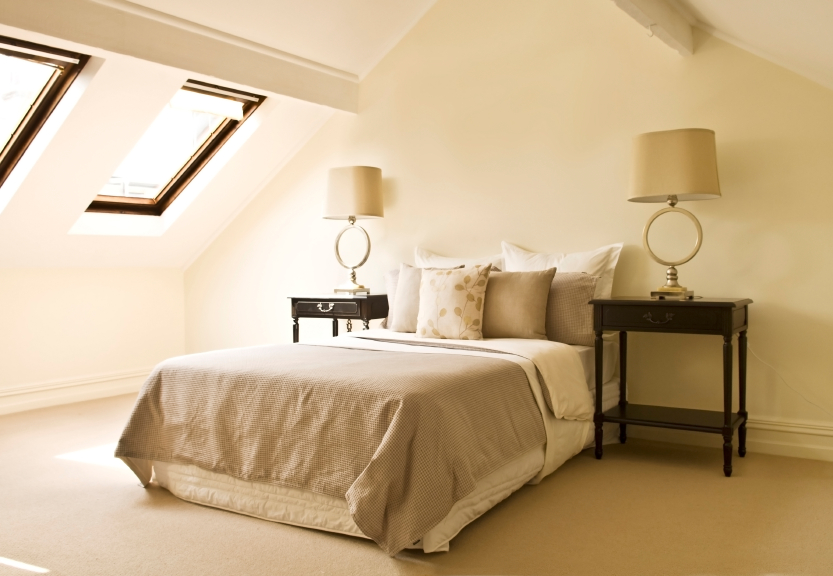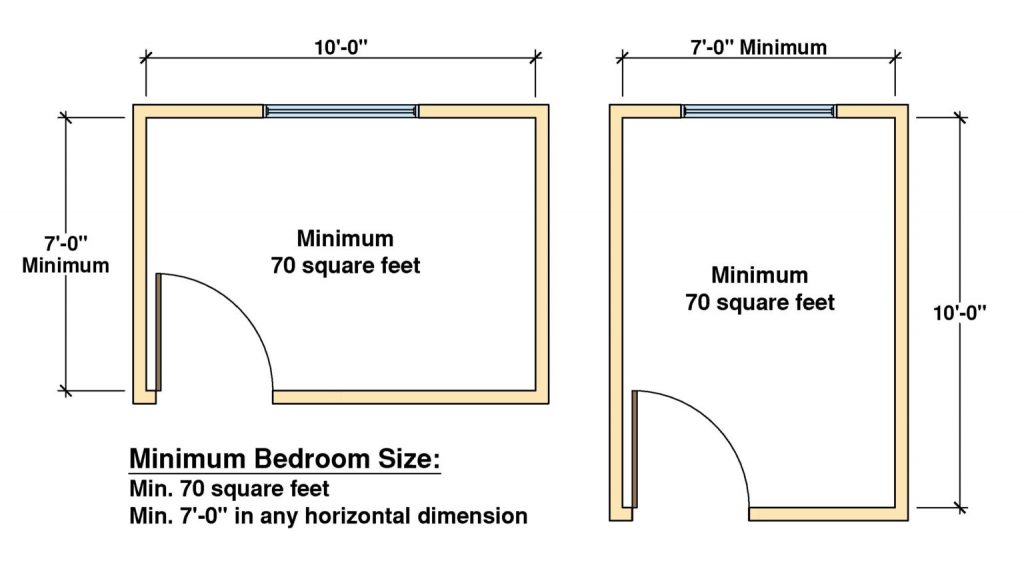
Whether you’re moving into a new home, renovating an existing property, or simply curious about the regulations surrounding bedroom sizes in the UK, it’s essential to be well-informed. In this comprehensive post, we will explore the minimum size requirements for bedrooms in the UK, ensuring you have all the knowledge you need to make informed decisions.
Understanding the Legal Bedroom Size Regulations in the UK
In the UK, the government has established guidelines to ensure that residential properties meet certain standards for habitability. These guidelines, known as the Housing Act 1985, offer specific criteria for bedroom dimensions to ensure a minimum level of comfort and safety for occupants.
The minimum size for a single bedroom in the UK
A single bedroom is typically designed to accommodate one person. According to UK regulations, a the minimum floor size for single bedroom must be 70 square feet (6.5 square meters).
This size requirement ensures adequate space for a bed, storage, and other essential furnishings, allowing for comfortable movement and easy access.

The standard minimum dimensions for a Double Bedroom is 110 square feet (10.2 m2 )
A double bedroom, often intended for two people, has more space to accommodate additional furniture and create a comfortable environment. In the UK, a double bedroom must have a minimum floor area of no less than 110 square feet (10.2 square meters). This size requirement allows for the inclusion of a larger bed, additional storage options, and potentially a seating area.
Additional Considerations for Bedroom Sizes
While the minimum size requirements set out by the UK regulations provide a baseline for habitability, it’s essential to consider a few additional factors when designing or assessing a bedroom:
- Ceiling Height: In addition to floor area, regulations also stipulate a minimum standard UK ceiling height of 7.5 feet (2.3 meters). This requirement ensures that the room provides sufficient headroom for occupants.
- Natural Light and Ventilation: Bedrooms should have adequate natural light and ventilation to create a comfortable and healthy living space. Tall houses could mean windows that allow ample sunlight and ventilation, which is crucial for maintaining air quality and promoting a sense of well-being.
- In addition, there are also things that can promote our sense of well-being, for example, we can buy some small items to decorate our bedroom to make it more beautiful and cosy. One of the good choices is Custom Neon Signs because we can design the patterns on it according to our own ideas. It also serves as an illumination on cloudy days when the light is dim.
- Storage Space: While not explicitly mandated by regulations, it is important to consider the provision of adequate storage space within a bedroom. Built-in wardrobes, shelves, or other storage solutions help keep the room organized and clutter-free.

The UK regulations establish minimum size requirements for bedrooms to ensure habitability and comfort. A single bedroom should have a minimum floor area of 70 square feet (6.5 square meters), while a double bedroom should have at least 110 square feet (10.2 square meters). Additionally, a minimum ceiling height of 7.5 feet (2.3 meters) is mandated, along with considerations for natural light, ventilation, and storage space.
By adhering to these regulations and taking into account the additional considerations mentioned, you can create bedrooms that provide a cozy, functional, and aesthetically pleasing living environment.
Remember, while these are the minimum requirements, it’s always a good idea to aim for more generous dimensions when possible, as larger bedrooms can enhance the overall comfort and livability of a home.
If you’re planning to buy or rent a property, make sure to check that the bedrooms meet these minimum standards to ensure your well-being and satisfaction in your new living space.

Leave a Reply